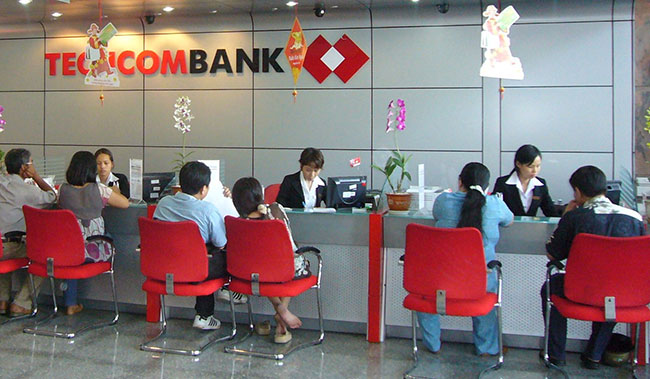Moody’s rewards Techcombank’s performance

At the same time, the bank's baseline credit assessment (BCA) was also upgraded to B3 from CAA1. The outlook on the ratings is now “stable”.
“The upgrade of Techcombank's deposit and issuer ratings to B2 from B3 reflects the improvements in the standalone credit profile of the bank, as reflected by the upgrade of the BCA to B3”, said the Moody’s press release.
According to the renowned rating agency, Techcombank's asset quality metrics have improved in 2014 and the first half of 2015, although it is important to note that the change originated from a relatively weak base. The improvements in asset quality were driven by write-offs, recoveries, and some measure of credit growth.
In particular, the ratio of assets considered problematic has decreased to 12.8 per cent of gross loans as of June 2015, from the 14.4 per cent in December 2014 and 20.1 per cent in December 2013.
These problematic assets include non-performing loans (loans listed in categories 2 to 5 under the Vietnamese accounting rules), as well as bonds issued by the Vietnam Asset Management Company (VAMC) and other receivables.
Besides, Moody’s noted that Techcombank's public disclosure of asset quality metrics was better than its domestic rated peers. The bank's tangible common equity-to-risk weighted assets improved to 10.1 per cent as of June 2015, from 9.2 per cent in December 2014.
Although Techcombank's profitability is still moderate, with a 0.9 per cent return on average assets in the first half of 2015, Moody’s remains positive regarding the bank’s prospects.
The agency analysed that profitability was pressured by high loan-loss reserves. The bank channelled a high 60-70 per cent of its pre-provision income into reserves in 2014 and the first half of 2015 as provisions made against loans, VAMC bonds and receivables.
The bank is also viewed as not materially reliant on market sources for funding: its ratio of market funds to banking assets amounted to 14 per cent in June 2015, while liquid assets such as cash, interbank and government bonds, and trading securities amounted to 36 per cent. These liquid assets were of relatively good quality, because government securities made up around one-third of the balance.
What the stars mean:
★ Poor ★ ★ Promising ★★★ Good ★★★★ Very good ★★★★★ Exceptional
Latest News
More News
- Obstacles to stock-market upgrade to be removed (December 17, 2024 | 11:29)
- Vietnam seizes opportunities amid global trade shifts (December 16, 2024 | 18:00)
- Long-term perspective remains optimal approach (December 16, 2024 | 14:26)
- Fiscal measures to be based on upcoming US status (December 16, 2024 | 10:09)
- PetroVietnam accelerates divestment from PVI (December 16, 2024 | 06:59)
- Techcombank proactive with ESG and sustainability (December 14, 2024 | 10:00)
- VAT cut set to continue on through to summer (December 14, 2024 | 09:00)
- BIWASE Long An issues Vietnam's first AAA-rated bonds worth $27.6 million (December 13, 2024 | 20:22)
- Citi hosts Vietnam Day for Hong Kong clients (December 13, 2024 | 14:21)
- Banks face difficulties in balancing capital raising and lending (December 13, 2024 | 11:47)















 Mobile Version
Mobile Version